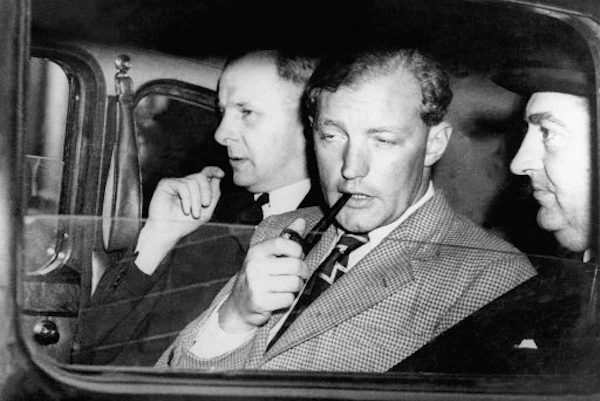According to his mother, Neville Heath was ‘prone to be excitable’. He was that all right — and then some. In the space of two weeks in the summer of 1946, Heath murdered two women with such brutality that, as Sean O’Connor puts it with shuddering relish, ‘war-hardened police officers vomited on seeing them’.
The public were fascinated by him. Elizabeth Taylor reworked Heath’s story into a novel, Patrick Hamilton drew on it heavily for his Gorse trilogy and Alfred Hitchcock wanted to make a film about the case, but had to ditch the idea when the studio decided it would be too revolting.
Heath was fascinating mainly due to his ambivalence. Clearly capable of appalling brutality, he could also be tender and considerate. One of his girlfriends described him as a ‘big teddy bear’, while the actress Moira Lister wrote that she found it impossible to equate ‘the savage abnormal sex murders he had done with the charming man who would take me out on the town’.
Heath was not only charming but unusually good-looking. Women went gooey at the sight of his blond hair and penetrating blue eyes. At his trial, several female fans queued for 14 hours outside the Old Bailey just to catch a glimpse of the man the tabloids dubbed ‘the most dangerous criminal modern Britain has known’.
His first victim was a 32-year-old woman called Margery Gardner, who Heath murdered in a hotel in Notting Hill. He met his second victim, Doreen Marshall, in a hotel in Bournemouth where he had registered under the name of ‘Rupert Brook’. Both were repeatedly lashed, bitten, then eviscerated.
An intelligent man, Heath was unable to offer any explanation for his crimes, beyond saying, ‘I felt my head go tight.’








Comments
Join the debate for just £1 a month
Be part of the conversation with other Spectator readers by getting your first three months for £3.
UNLOCK ACCESS Just £1 a monthAlready a subscriber? Log in